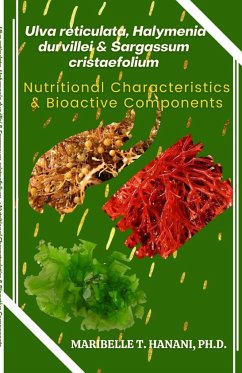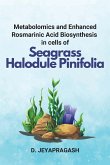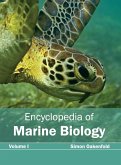This book discusses the nutraceutical composition and properties of three selected marine seaweeds viz Ulva reticulata, Halymenia durvillei and Sargassum cristaefolium from Patikul Higad, Patikul, Sulu and Paayas, Burgos, Ilocos Norte. The proximate and heavy metal compositions of the seaweeds are discussed. Qualitative phytochemical screenings are applied, and antimicrobial components of the algal extract were tested against the pathogens, Escherichia coli and Staphylococcus aureus using paper diffusion. Antioxidant properties of seaweed extracts are assessed using diphenyl-p-picrylhydrazyl. Aside from determining proximate composition, the book also evaluates the heavy metal concentrations in seaweeds. Among the metals analyzed, zinc registered the highest concentration (328.74 mg/kg) in U. reticulata. Other evaluated seaweed species had lower concentrations of copper (Cu), mercury (Hg), and lead (Pb). The concentration reveals that these seaweeds could be a source of the micronutrient -copper. In addition, except for U. reticulata growing, all other seaweeds are safe for human consumption and could be used as raw material for other purposes such as drug or cosmetics preparation.








